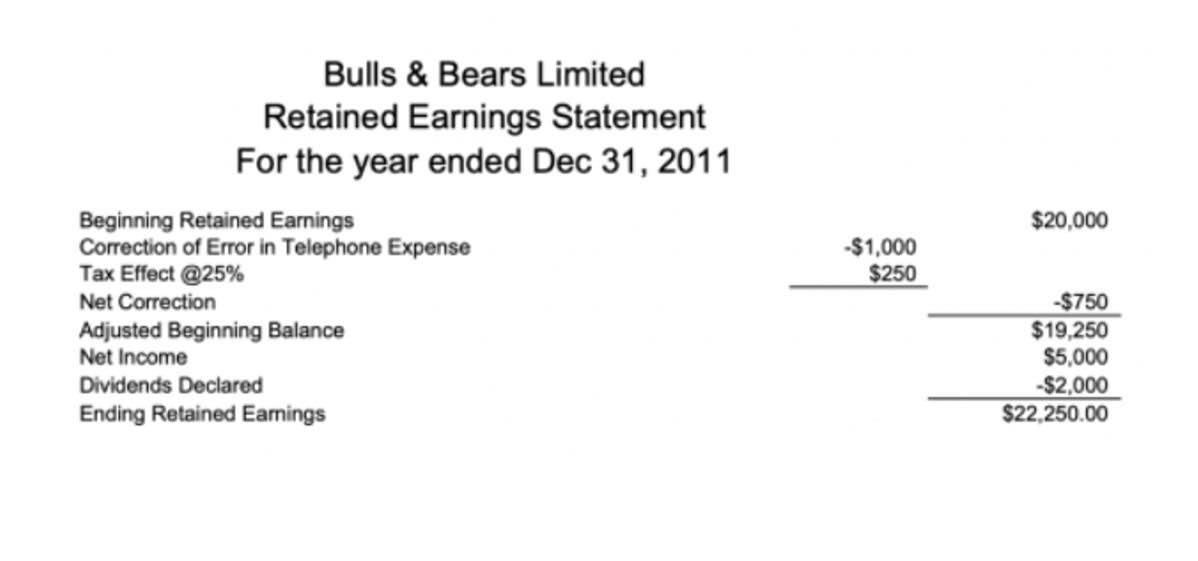
For example, if a company takes on additional debt, it may increase its liabilities, which could decrease its equity. Conversely, if a company repays its debt, it may decrease its liabilities, which could increase its equity. For example, if Accounting Periods and Methods a company acquires additional assets, such as property or equipment, it may increase its equity position.
D/E Ratio vs. Gearing Ratio
Established businesses often rely on their positive equity position to finance growth initiatives and attract investors. Current liabilities can include accounts payable, short-term debt, and accrued expenses, while non-current liabilities can include long-term loans, bonds, and deferred taxes. The fundamental accounting equation is assets equalling the sum of liabilities and equity.
Stockholders’ Equity and Paid-in Capital

As such, it is a common financial metric which is used by most of the analysts to assess the financial health of a company. In this formula, the equity of the shareholders is the difference between the total assets and the AI in Accounting total liabilities. For example, if a company has $80,000 in total assets and $40,000 in liabilities, the shareholders’ equity is $40,000.
Why does total liabilities and equity equal total assets?
- By comparing total equity to total assets belonging to a company, the shareholders equity ratio is thus a measure of the proportion of a company’s asset base financed via equity.
- Understanding the investment impact through equity valuation helps you make informed decisions.
- Enter your name and email in the form below and download the free template now!
- The balance sheet shows this decrease is due to both a reduction in assets and an increase in total liabilities.
- A D/E ratio of 1.5 would indicate that the company in question has $1.50 of debt for every $1 of equity.
Companies in some industries such as utilities, consumer staples, and banking typically have relatively high D/E ratios. Debt due sooner shouldn’t be a concern if we assume that the company won’t default over the next year. A company’s ability to service long-term debt will depend on its long-term business prospects which are less certain.

Does total liabilities and equity include cash?
Retained earnings are part of shareholder equity and represent net income that is not paid to shareholders as dividends. Think of retained earnings as savings since it represents a cumulative total of profits that have been saved and put aside or retained for future use. Retained earnings grow larger over time as the company continues to reinvest a portion of its income. In the stock market, shareholders’ equity (or owners’ equity for privately held companies), represents the difference how to calculate total equity between a company’s assets and liabilities.
- This account includes the amortized amount of any bonds the company has issued.
- To arrive at the total shareholders’ equity balance for 2021, our first projection period, we add each of the line items to get to $642,500.
- More precisely, it’s what’s left over of your business once you’ve paid back everyone you owe money to.
- It’s calculated at least annually for financial reporting but can also be tracked quarterly or monthly for internal analysis.
- Additionally, negative equity can erode shareholder value and increase the risk of bankruptcy or insolvency.
- One common mistake when calculating equity is to confuse revenue with equity.
- Very high D/E ratios may eventually result in a loan default or bankruptcy.